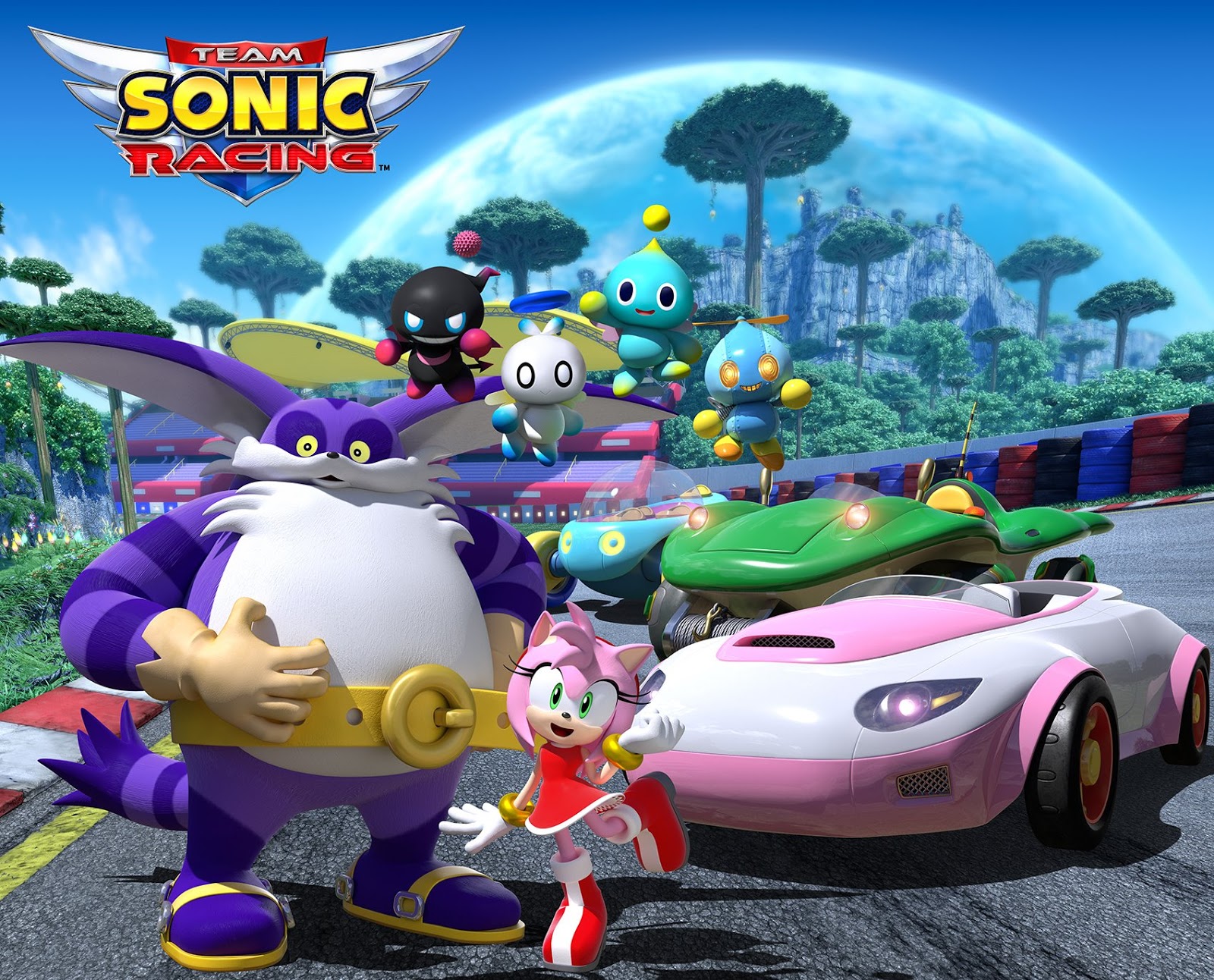

“A movie is not a video game – the storytelling is very different,” says Holkenborg. ”Īfter meetings with director Jeff Fowler, however, he moved in a different direction. “I wanted to inject some of that quality from the original Sonic score. “These chips were very noisy and harsh,” he says.

To bring the flavour of the Sonic games to the film score, Holkenborg made use of his own vintage 2151-based Yamaha synths. “I have all those machines.” And he’s not exaggerating – his LA studio is a giant shrine to synths. “The expensive version was a six-operator FM synth, but the Mega Drive chip was one of two cheaper four-operator sound chips they developed, the other one being the 2151, which was used in the early very cheap $200 Yamaha synths.” He pauses for a second.
#Super sonic racing midi series#
“It was a super-low-budget version of its top-of the-line synth, the DX7, which came out in 1983 and was perfected through a series of models afterwards,” says Holkenborg. “This was 1983 when the synth revolution was really taking off – when they became affordable for normal people.” For the soundtrack, he was drawn to the sound chip behind the Sonic score: the Sega Mega Drive’s in-built Yamaha YM2612 FM synthesiser. Holkenborg is an electronic-music obsessive who worked in a music store as a teenager. For many, the Sonic music has the same nostalgic quality as an old Bing Crosby Christmas song – you can immediately picture yourself back there in front of your TV.” “A lot of the music is on YouTube, and it’s amazing how many views these pieces of music have – they really take people back to their first experience playing the games. “I did a huge amount of research into the Sonic music and how it has developed over the last 30 years,” he explains down the line from Los Angeles.

When soundtrack composer and electronic music producer Tom Holkenborg was brought in to provide the score for the new Sonic movie, it was Nakamura’s work that he looked to for inspiration. The music to Sonic the Hedgehog, composed by J-pop veteran Masato Nakamura, encapsulated the look and feel of the game, with its driving pace, luscious landscapes and azure skies. I f you’re a video game player of a certain age, the words Green Hill Zone will immediately bring to mind not only a certain blue spiky hero but also the sound of bright, crisp, high-tempo synth chords and a drum-machine beat.


 0 kommentar(er)
0 kommentar(er)
